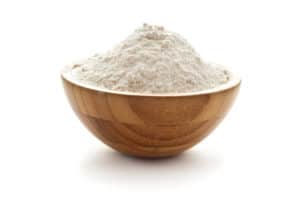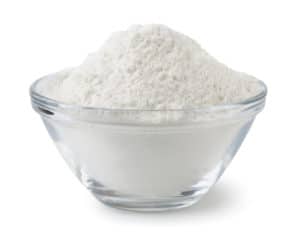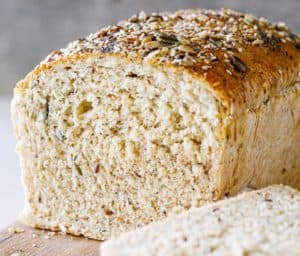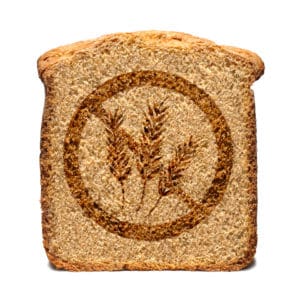Trade
Pulses in Food Manufacturing
Dry pea, bean, lentil, and chickpea derivatives—including flours, fibers, starches, and proteins—are versatile ingredients that allow manufacturers to boost nutritional benefits of food products.
Trusted suppliers
The interactive map below showcases a curated network of U.S.-based suppliers who actively export to the European market. Whether you’re sourcing chickpeas, lentils, beans, or speciality pulse products, these suppliers are experienced in international logistics and committed to serving the growing demand for plant-based ingredients across Europe.
Use the map to explore supplier locations, access contact information, and view additional details such as phone numbers and website links. Simply click on a marker or listing to learn more about each exporter and the regions they serve.
This tool is designed to help food businesses, distributors, and ingredient buyers across Europe quickly identify reliable partners in the U.S. supply chain. Whether you’re looking to expand your supplier base or discover new sources of high-quality legumes, this map is a great place to start.

Find restaurants serving USA Pulses

For more in depth insights
THE TECHNICAL MANUAL FROM THE USA PULSES
You can also download the following PDFs for additional information:

















